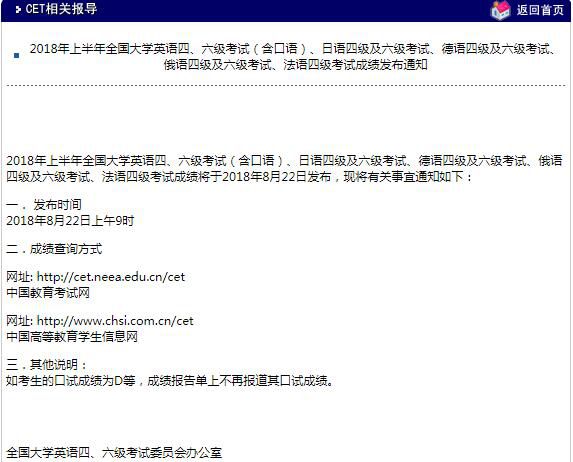Industrial growth slows to a crawl
|
China's industrial growth saw a pronounced slowdown last month as the global credit crunch and declining orders began to bite. The index of overall industrial growth - which covers value-added production from all enterprises earning at least 5 million yuan ($733,000) last year - rose 8.2 percent year on year in October, a massive 9.7 percent drop from the same time a year earlier. It was also down 3.2 percentage points from September, according to figures released by the National Bureau of Statistics (NBS) yesterday. October's figure is the weakest in seven years, and lower than the forecast of any of the 18 economists Bloomberg interviewed. Most economists attribute the slowdown to the ailing international financial services industry and the abrupt cut in orders for China's exports. Bloomberg quoted Frank Gong, head of China research at JPMorgan Chase, as saying that the global financial crisis, which erupted in late September, brought Chinese export orders to a "sudden halt". Zhao Min, chairman of Beijing-based Adfaith Management Consulting Inc, said the slowdown also pointed to a decrease in domestic investment in the second and third quarters of the year. In all likelihood, he said, the downward trend will continue through the Chinese Lunar New Year at the end of January and won't pick up until March, when China's 4 trillion yuan ($586 billion) stimulus package starts to show effect. Even then, there will be no guarantee that the stimulus package, which focuses on domestic investment - mainly infrastructure - will be strong enough to offset the decline in export orders, Zhao told China Daily. Among the industries registering negative growth in October were iron and steel, metals, power generation and automobiles. The largest decline was seen in the output of pig iron and crude steel, which fell 16.8 percent and 17 percent respectively. Some industries managed anaemic growth, such as cement (1.1 percent), chemicals (2.7 percent), and electricity and heating supplies (3.4 percent). The industries that had robust growth were electrical machinery (13.9 percent), non-metal products (13.8 percent), and general-purpose equipment (11.9 percent). To cope with what Premier Wen Jiabao described as the "worse than expected" impact from the crisis, Beijing has kept rolling out big-ticket domestic investment projects since last Sunday. Li Jianwei, a specialist in macro-economics with the State Council Development Research Center, said the industry's October record is of concern. But in a sector-by-sector analysis, he told China Daily that he is not surprised where the weak spots are. "They have been in a long process of a slowdown," he said. |








